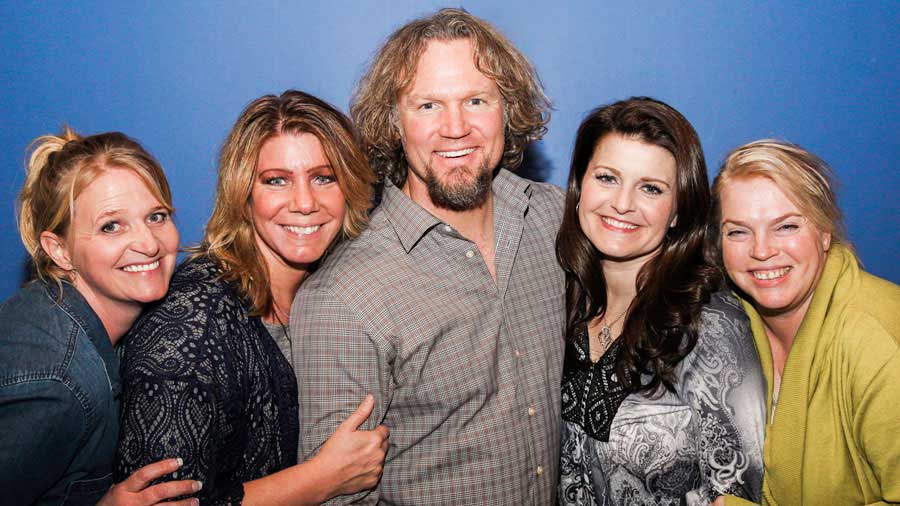Data Pinpoints Products Women Buy

If you want to sell pickup trucks, the first place you think to advertise might not be the TLC series Sister Wives.
But these days, with data driving more and more media buying decisions, more advertisers are finding that the people who make the decision to buy their products are watching female-skewing shows on networks that attract mainly women.
“It certainly takes a lot of the gut-feel bias out of the decision where you really are using solid data and analytics to help make your decisions,” Ben Price, president of national advertising sales at Discovery Communications, said.
Data reveals that viewers of Discovery’s female- skewing networks — TLC, ID: Investigation Discovery and OWN: The Oprah Winfrey Network — are heavy consumers, Price said. “They’re the principal shopper and first to see movies,” he said. “They’re higher on usage of technology and they’re frequent restaurant diners so we tend to have really strong purchasing power across the networks.”
Discovery’s data product is called Engage, and it uses advanced audience segments to build optimized media campaigns that reach targeted consumers effectively and efficiently. Engage works with Discovery’s linear networks and with cross-platform campaigns using Discovery’s TV networks and owned digital properties.
During this year’s upfront, Discovery will introduce new features for Engage. One is social, leveraging insight from a target audience on Group Nine platforms to inform content production and target an engaged buy. Another focuses on the auto category by using data from TEN, The Enthusiast Network, to build audience viewer profiles to target auto fans.
Price said Discovery’s data-driven business has been a big growth area for the last two years. “It will be an even bigger driver for us in 2018,” he said.
The smarter way to stay on top of broadcasting and cable industry. Sign up below
Discovery’s business has scale, and advertisers in a broad range of categories will be able to find consumers among the viewers. But each network has its own character and, in some cases, individual dayparts and programs can be particularly valuable to the right advertiser.
TLC does well with several retail categories, according to Discovery’s research.
Picking Up Pickups
In addition to loving their pickup trucks, Sister Wives viewers love to go to the movies, attending one or more times per week.
Viewers of 90 Day Fiancé over-index in the auto categories, particularly pickup trucks and luxury cars. They are also influential grocery shoppers.
Counting On viewers are also influential grocery shoppers and are frequent family restaurant visitors.
Nate & Jeremiah by Design, and other TLC design series, attract viewers actively making home improvements.
OWN original scripted shows, including Queen Sugar, Greenleaf and If Loving You Is Wrong draw viewers that are influential and big spenders in the categories of grocery, packaged food product, fast food and family restaurants. Greenleaf is also big with SUV and luxury car buyers.
ID viewers tend to watch numerous shows on the network, which means there’s not much of a difference in the audience characteristics from show to show. Categories that do best with ID viewers include prescription drugs, mobile and cellphones, beauty, pets, clothing and restaurants.
Advertisers can also target the women who watch Discovery’s networks via apps such as TLC Go and ID Go.
Price said that 62% of Discovery app users are women, who generate 70% of the streams.
“If you break it down by network, 85% of TLC Go users are female and 70% of the ID Go users are women,” he said.
Advertisers are taking notice. “We have really high sell-through levels for each of them,” Price said. “They tend to have younger viewers, so they tend to be more engaged, so the value proposition for that is very strong and we’re getting a premium for it.”
Revenue growth for the apps has been a big deal at Discovery. “That’s going to continue,” he said.
Jon has been business editor of Broadcasting+Cable since 2010. He focuses on revenue-generating activities, including advertising and distribution, as well as executive intrigue and merger and acquisition activity. Just about any story is fair game, if a dollar sign can make its way into the article. Before B+C, Jon covered the industry for TVWeek, Cable World, Electronic Media, Advertising Age and The New York Post. A native New Yorker, Jon is hiding in plain sight in the suburbs of Chicago.

